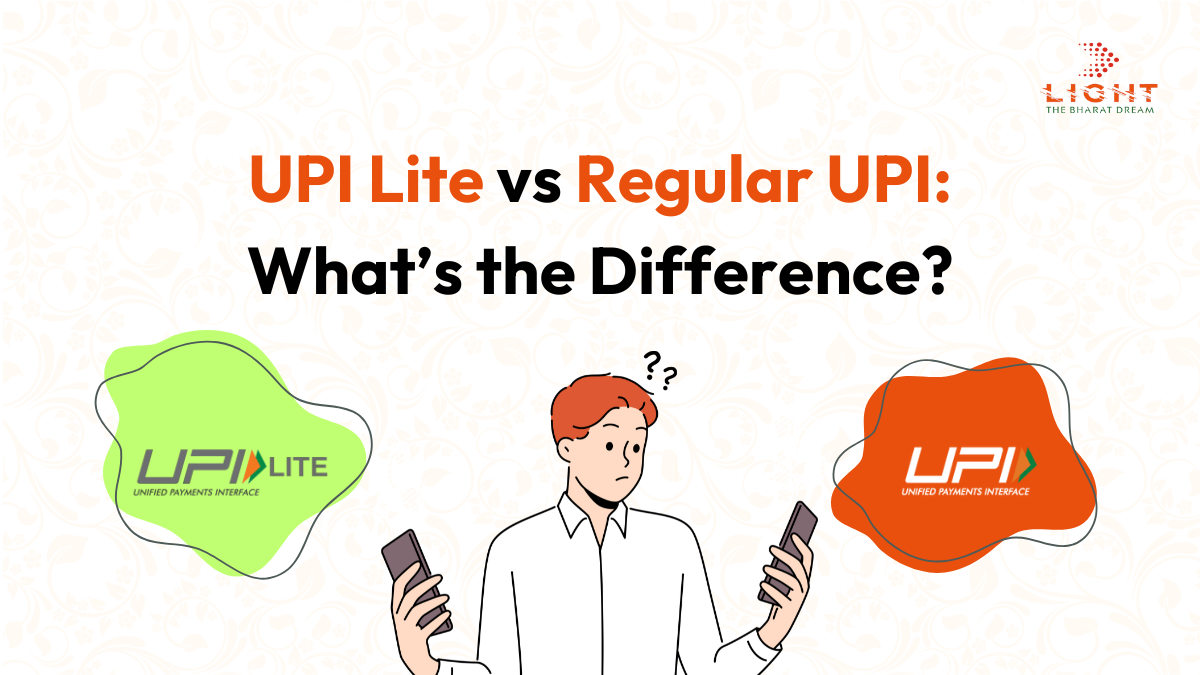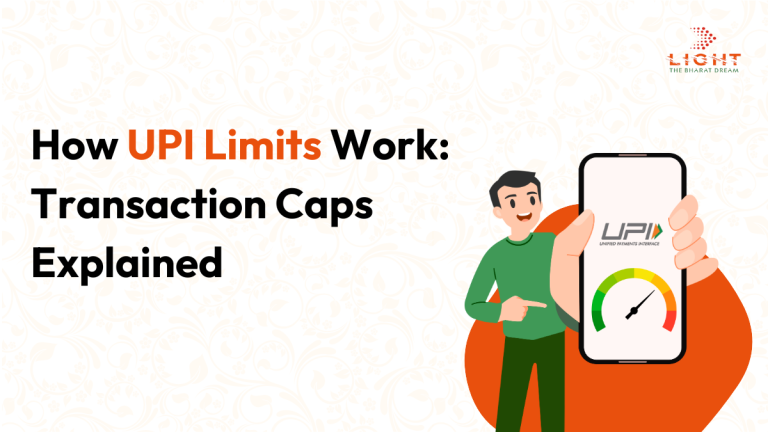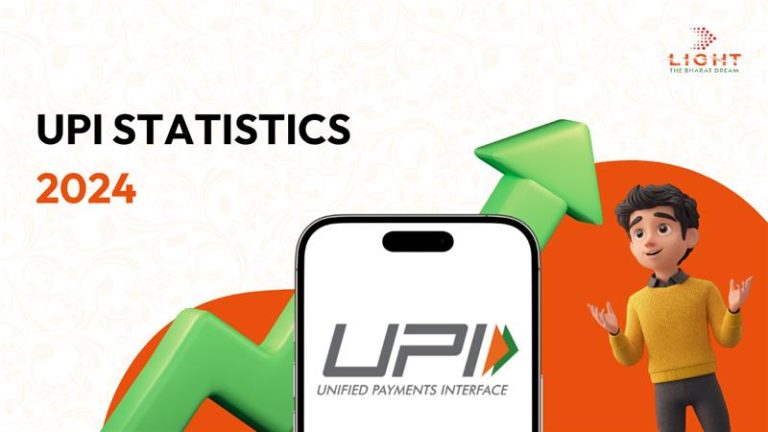UPI Lite vs Regular UPI: What’s the Difference?
India’s digital payment ecosystem continues to evolve, driven by innovations that make transactions faster, safer, and more accessible. One of the latest developments in this journey is UPI Lite, introduced by the National Payments Corporation of India (NPCI). UPI Lite is designed specifically for small-value transactions and aims to enhance the user experience while reducing the load on banking systems.
So, what sets UPI Lite apart from regular UPI? Let’s dive in.
What is Regular UPI?
Unified Payments Interface (UPI) is a real-time payment system that allows instant money transfers between bank accounts through mobile apps. It is widely used across India for various purposes, including personal transfers, merchant payments, bill payments, and more.
Key features of regular UPI include:
- Transaction Range: Supports a wide range of amounts, from small payments to large transactions, subject to daily limits set by banks and the Reserve Bank of India (RBI).
- Two-Factor Authentication: Every transaction requires the user to enter a UPI PIN for security.
- Real-Time Bank Integration: Transactions are processed through the bank’s core banking system (CBS) in real-time.
- Wide Functionality: Enables peer-to-peer transfers, merchant payments, QR code scanning, and other services.
- Detailed Passbook Entries: Each transaction is reflected as an individual debit or credit entry in the user’s bank account statement or passbook.
What is UPI Lite?
UPI Lite is an on-device wallet within UPI apps that allows users to make payments without requiring a UPI PIN for each transaction, provided the payment is under ₹500. Instead, users pre-load funds into a dedicated UPI Lite balance, reducing dependence on banks’ core systems for small transactions. By storing money within the app, payments become faster, and transaction failures due to system overload are minimized
How UPI Lite Works:
How to Enable and Use UPI Lite
- Activate within your UPI app (e.g., Google Pay, PhonePe, BHIM).
- Load funds into the UPI Lite wallet using your UPI PIN.
- Make payments under ₹500 directly from your Lite balance-no PIN required.
- Top up or return unused balance anytime via the app
Offline functionality (NFC‑based) sends money to recipients without needing internet access. Receivers must also have UPI Lite X enabled. Once back online, devices sync balances and complete transactions
Transaction Flow
Once UPI Lite is activated:
- The user opens their UPI app.
- Enters the payment amount (must be below ₹500).
- Taps to pay.
- The payment is processed instantly without needing to enter the UPI PIN for each transaction.
Key Differences: UPI Lite vs Regular UPI
Here’s a comparison of UPI Lite and regular UPI to understand how they differ:
| Feature | UPI Lite | Regular UPI |
|---|---|---|
| Transaction Amount Limit | For payments below ₹500 | Supports small to high-value payments |
| PIN Requirement for Payment | No UPI PIN required per transaction | UPI PIN required for every transaction |
| Bank Core System Dependency | Transactions processed outside the bank CBS, reducing load | Transactions routed through the bank CBS in real time |
| Speed & Success Rate | Faster for low-value transactions with higher success rates | Reliable but can be slower during peak hours |
| Passbook Entries | Fewer individual entries, reducing clutter | Every transaction appears as a separate entry |
| Purpose | Designed for frequent, low-value transactions | Suitable for all types of payments, including high-value transactions |
Benefits of UPI Lite
- Faster Transactions: Payments under ₹500 can be made without entering the UPI PIN each time, saving time during small purchases.
- Higher Success Rates: Especially useful during busy hours when banking systems may experience high traffic.
- Less Passbook Clutter: Multiple small payments made through UPI Lite do not flood your bank statement with numerous entries.
- Reduced Infrastructure Load: Helps banks manage resources better by processing low-value payments outside core banking systems.
When to Use UPI Lite
- Making small daily purchases like tea, snacks, groceries, or local commute fares under ₹500.
- Situations where you want to avoid repeatedly entering your UPI PIN for low-value payments.
- Transactions requiring speed and simplicity.
When to Use Regular UPI
- Transactions exceeding ₹500.
- Payments that require added security through PIN entry.
- Complex payments like utility bills, merchant settlements, or subscriptions needing transaction references.
Conclusion
UPI Lite does not replace regular UPI but complements it. It’s specifically designed to make low-value transactions faster, more reliable, and less burdensome on banking systems. For everyday small expenses, UPI Lite offers unmatched convenience. However, for larger or more complex transactions, regular UPI remains essential.







